What Is Hydroponic Habanero And Why Grow It Indoors?
A Habanero is a fiery pepper, in fact, more like a fireball in disguise considering its heat level, which is between 100,000 and 350,000 Scoville Heat Units. Born in the rich soils of the Yucatán Peninsula, it’s got that sweet, fruity whisper... right before the burn takes hold.
But when you bring that Habanero indoors and grow it in a hydroponics growing system.. Well, that’s when nature meets precision. No dirt. No mess. Just roots floating in life itself; a nutrient-rich solution tailored for perfection. Every drop counted, every variable in check.
And you might ask, why bring the pepper inside? Because this is where the rules bend to your will. The seasons have less effect. The pest attacks stay minimal. Growth speeds up, and the flavor… becomes something sharper, purer, like fire distilled.
You see, Habaneros are vegetables of rhythm and steadiness. They crave balance, light, temperature, and nutrients in perfect harmony. And indoors, under your careful watch, they find that harmony.
Let’s learn everything involved in growing a hydroponic Habanero indoors.
Materials You'll Need For Growing Hydroponic Habanero

Now, what exactly makes the whole process work is actually worth knowing before jumping into the process. An effective hydroponics growing system is not complex but accurate.
You’ll need:
- Grow System Type - Deep water culture (DWC), Nutrient film technique (NFT) or Kratky are all great with Habaneros. DWC is suitable because it is easy and can be expanded with ease.
- Water Reservoir- A container or tank that would hold the nutrient solution.
- Air Pump + Stones -Maintains high oxygen levels and eliminates root rot.
- Net Pots and Grow lids- To keep plants firmly in place.
- LED Grow Lights- Full spectrum lights with 14-16 hours a day of lighting.
- pH and Electric conduct meters - Non-negotiable. These will be required to check balance and nutrient strength.
- Fans / Air Circulators - To keep air flowing and ensure that there is no accumulation of moisture.
Essential Supplies And Setup List
Now that you are aware of the fundamentals, here are the things that you will install within your indoor system:
1. Hydroponic garden kit indoors: It has everything you need to start a garden. Water tanks, lights, pumps and timer controls, all of which are coordinated to automatize the growth cycles.
2. Smart hydroponic planter: Ideal when you prefer to be more modernized and technology-based. There are systems linked to mobile applications to track nutrient or light patterns.
3. Rockwool or Coco Coir Cubes: They are your growing material, which substitutes soil completely.
4. pH Adjusters: pH Up and Down to control acidic levels.
5. Nutrient Solution: Tailored to pepper or fruit vegetables.
6. Air Stone and Tubing: To add oxygen and avoid stagnation in the reservoir.
When you’ve put everything together, make sure that your system is put in a warm place with some ventilation. Habaneros love a stable warm place, ideally 22-30 °C.
Step-by-Step Guide to Growing Hydroponic Habanero
Growing hydroponic Habanero is more than dropping seeds into water. It’s a series of well-timed actions, each shaping how your plant behaves. Let’s walk through it.
Choosing the Right Habanero Seeds

Start strong, that’s the secret. Everything great begins with a good foundation, and for the Habanero, that foundation is the seed. Not just any seed, mind you. Choose the finest you can find; Capsicum chinense, true and pure. Maybe the fiery ‘Orange Habanero’, the legendary ‘Red Savina’, or the deep, mysterious ‘Chocolate Habanero.’
Before you plant them, give those seeds a little head start. Let them rest (soak them) in warm water for about 24 to 48 hours. You’re not just soaking them; you’re waking them up, softening the tough coat that guards the life inside. It’s the first whisper of germination, that quiet moment when something dormant decides it’s time to live.
Now, if you want to help nature along, give them warmth. Steady, gentle warmth, around 22 to 30 degrees Celsius. A simple heat mat can make all the difference. Because when the temperature stays true, life responds faster.
And before you know it, a spark becomes a sprout. And a sprout, a promise.
Hydroponic Habaneros don’t need soil, but they do need a root anchor.
The best options?
-
Rockwool Cubes – Retain moisture well and promote strong root aeration.
-
Coco Coir – Sustainable and maintains a perfect air-to-water ratio.
-
Perlite or Clay Pebbles – Great for drainage in larger setups.
- Diatom Mud (Diatomite Substrate) – Natural mineral medium that provides excellent water retention, slow-release nutrient buffering, and strong anti-bacterial properties. Ideal for stable, long-term hydroponic systems.
In a hydroponics growing system, balance moisture with oxygen. Too much water, and roots suffocate. Too little, and they dry out. Rockwool, when slightly damp but not soaked, strikes that sweet spot.
Maintaining Proper Water Quality And pH Levels

This is where things get technical and critical.Habaneros should have a pH between 5.5 and 6.5. Outside that range, nutrients lock up, meaning your plant can’t absorb them efficiently.
Use a pH balance in hydroponics kit to test daily, especially in the early stages. A digital pH pen saves a ton of guesswork.
As for EC levels, gradually increase as the plant matures:
-
Germination: 1000–1400 µS/cm.
-
Seedling: 1400–1800 µS/cm.
-
Growth: 2400–2800 µS/cm.
-
Flowering: 2000–2500 µS/cm.
-
Maturity: 2600–3000 µS/cm.
High-quality water is non-negotiable, ideally filtered or reverse osmosis (RO) water. Hard tap water can skew your readings and introduce unwanted minerals.
Preparing And Using Nutrient Solutions
Let’s clarify something: the nutrient solution is the heart of your hydroponic setup. It’s where your Habanero feeds.
Your nutrient solution should have:
-
Nitrogen (N): Maintains stem and leaf growth.
-
Phosphorus (P): Keeps flower and root development in check.
-
Potassium (K): For fruiting strength.
-
Micronutrients: Calcium, magnesium, iron, and manganese.
Replace your nutrient solution every 1–2 weeks to prevent salt buildup. Stir thoroughly, aerate the reservoir, and keep temperature around 22–30°C.
And here’s a tip: First, mix the nutrient solution with water in equal proportions, then pour the prepared mixture into the hydroponic machine. This helps control the concentration and ratio more precisely.
Providing the Right Lighting Conditions
Habaneros love light, 14 to 16 hours daily, ideally full-spectrum LED lighting with both blue and red wavelengths.
Position your lights about 12–16 inches above the canopy. Too close, and you’ll scorch the leaves. Too far, and the plant stretches awkwardly.
In the early days, when your Habanero is still finding its footing, stretching toward the light, it craves the cool touch of blue light. That’s what keeps it strong, compact, full of rich, leafy growth. It’s the light of discipline, of structure.
But when the time comes… when buds start to form and nature whispers “now” - that’s when you turn the dial. You bring in the red light, warm and full, like the sunset before the harvest. That glow tells the plant it’s time to bloom, to bear fruit, to fulfill the promise it’s been building toward all along.
Window sunlight can support seedlings or low-light plants for a short time, but it’s generally not strong enough for consistent indoor growth.
LED grow lights provide stable intensity and spectrum, ensuring healthy yields year-round.
Ideal Temperature And Climate Control
Temperature makes or breaks your crop.
Keep the grow room between 22°C and 30°C. Simple.
Humidity should, as a general rule, be kept at around 70-80% during germination and early growth, 60-70% as plants mature, and then 50-60% during the flowering and fruiting stage.
Maintenance Tips For Hydroponic Habanero
-
Keep tabs on pH and EC values on a daily basis.
- Make sure to keep checking the color of leaves - if yellow or brown, know that it’s a pest attack.
- Roots should stay white and clean. Avoid it from turning slimy or brown.
Replace your nutrient reservoir regularly, wipe down equipment, and maintain steady lighting schedules.
This consistency - that’s what makes hydroponics so effective. You’re not fighting the environment; you’re designing it.
How to Prune Habanero Properly

Pruning is underrated. It’s the difference between a tangled mess and a thriving canopy.
Start pruning once your plant reaches 6–8 inches tall. Remove lower leaves that shade the base or trap moisture. Pinch off early side shoots to encourage branching.
Once flowering begins, thin out overly dense areas. Habaneros need airflow between leaves to prevent mildew.
A good rule: keep 5–6 main stems. Anything more, and energy spreads too thinly.
Pruning also redirects nutrients from unnecessary foliage to pepper production, exactly what you want.
Managing Plant Spacing And Growth
Crowded roots or foliage cause stress. In hydroponics, that’s trouble.
Maintain 18–24 cm between plants. That spacing allows light penetration and easy airflow, preventing disease and nutrient competition.
As plants mature, support stems with stakes or soft ties. The fruit weight can surprise you, a single mature Habanero plant can yield 30–50 pods under ideal conditions.
Pest Prevention And Control
Even indoors, pests can sneak in - hitching a ride on your clothes or through ventilation. Common offenders include aphids, whiteflies, and spider mites.
Inspect leaves regularly (top and underside). If you spot any, isolate the plant and apply neem oil or insecticidal soap.
And here’s a small hack: placing yellow sticky traps near your grow area helps monitor and reduce flying pests.
Never spray during peak light hours. Always do it at “nighttime” for your plants, when lights are off.
Disease Prevention And Treatment
Disease is hardly accidental when you grow Habaneros. It is the consequence of poor balance, poor water quality or air quality. Hence, root rot and powdery mildew become the two most frequent offenders which take away the life of a habanero.
Continue the air circulation, maintain humidity, and keep your water churning with air stones. Very important for good root growth.
When your roots begin to grow brown, or that wholesome, pure smell becomes bad - do this. Empty the reservoir, brush off those roots and pour in fresh oxygenated water.
And in desperate cases, use hydrogen peroxide - a weak 3% dilution. It is a kind of a nature reset button, purifying and re-oxygenating the suffocated plant.
If fungus begins to take over the plant, a gentle application of organic sulfur fungicide is all that is required. Apply it in small doses - just enough to cover, not to suffocate.
The real trick? Prevention. After the rot has settled deep, then it is a difficult path to reverse. Remember, everything in hydroponics is vigilance.
When And How to Harvest Habanero

Germination (1–14 days): Life commences with silence, and a seed cracks open and roots start to wake up.Seedling (1–30 days): Small leaves open, stretching toward the light.
Growth (30–70 days): Strength increases - stems thicken, the branches are dispersed.
Flowering (70–90 days): The white flowers are opened in the form of little lanterns, waiting to be pollinated.
Maturity (90–110 days): Colors darken - orange, red or even dark chocolate.
When that color shift arrives, that’s your signal. Mature fruits feel firm, vibrant, alive with heat. That’s when you harvest.
Don’t pull or twist - use clean shears. Every cut matters. Tugging can wound the plant, slow its rhythm. And always wear gloves, this is capsaicin country now.
Here’s the secret: the more you pick, the more the plant gives back. Each harvest invites another wave, another bloom. After cutting, let your peppers rest; a few days in a warm, dry space will deepen both flavor and fire before storage or use.
Common Questions About Hydroponic Habanero
1. Can Habaneros really grow well indoors?
Yes, they tend to do better in a hydroponics growing system than plants grown in soil. Growing faster, yielding better - accuracy is the key.
2. How often should I change the water?
Every 1–2 weeks. Or else, salts accumulate in old water and block the uptake of nutrients by the roots.
3. What’s the ideal light cycle?
Keep a steady 14–16 hours of full-spectrum light. Plants love consistency — more than intensity alone.
4. What if the leaves start curling?
Generally a symptom of imbalance - balance your pH level in hydroponics and levels of nutrients immediately.
5. Can I use tap water?
It has to be soft and free of chlorine. Filtered water maintains clean roots which are more responsive.
6. Why aren’t my peppers fruiting?
It may be an insufficient amount of light, imbalanced temperature or a lack of potassium in your nutrient solution. Call those in and your plants will talk.
Final Thoughts

Habanero peppers grown in hydroponic gardens demand that you create an ecosystem - one that resembles the tropics, all in the peaceful atmosphere of your own home.
When your hydroponics growing system reaches this ideal condition of oxygen, light and nutrients, it is a breathtaking transformation. Leaves lush and green. The flowers are feeble and white. The blazing of color fruits.
It is a lesson in precision and patience, yet the crop of it is pure flame.
And after all, when you have that burning pepper in your palm, you will know that it did not grow by itself. It has flourished, as you made the world around it, very beautiful.




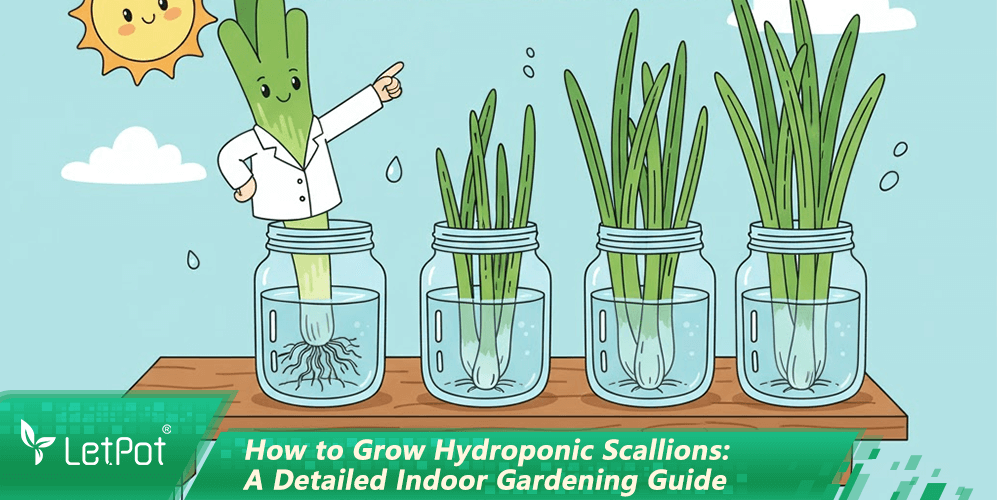
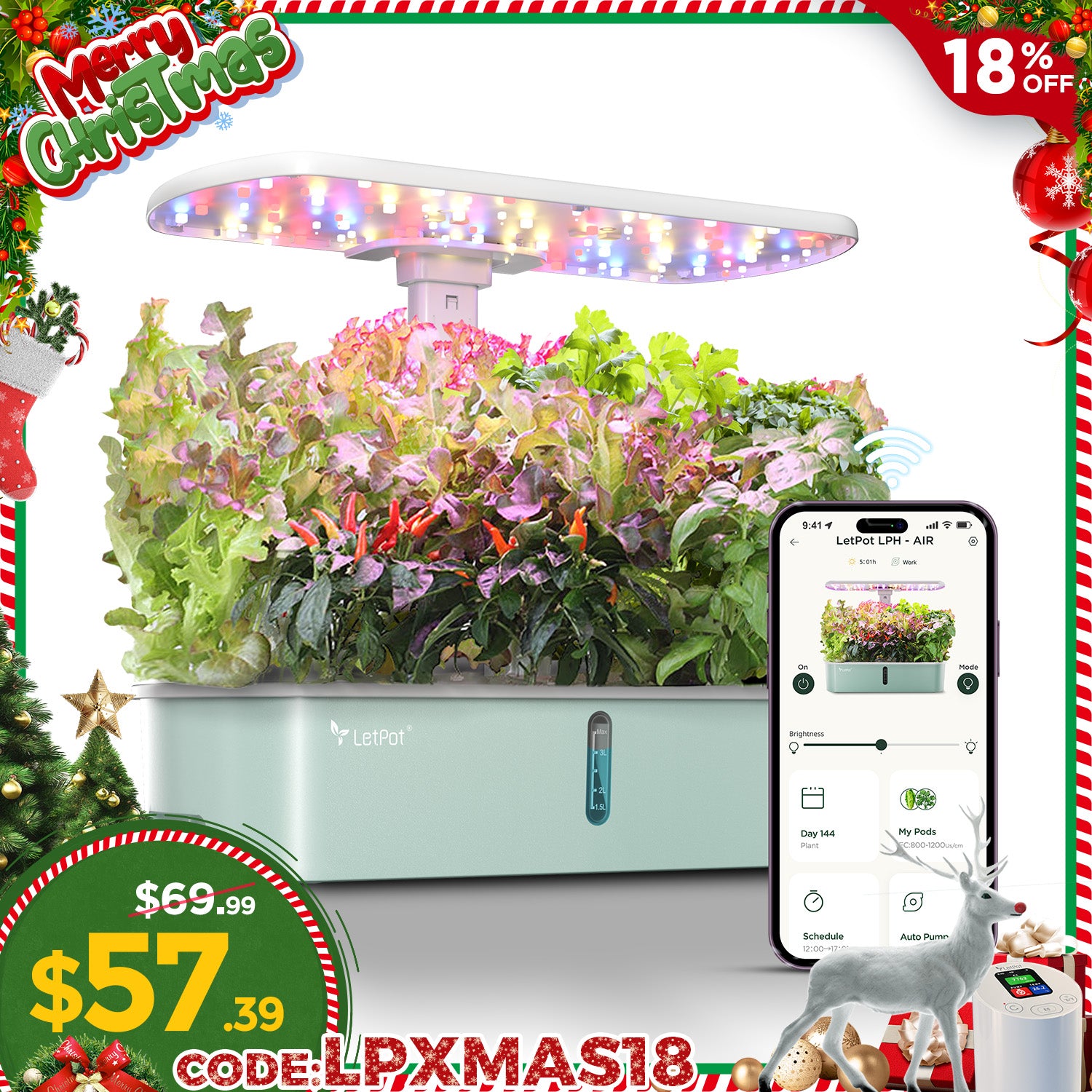

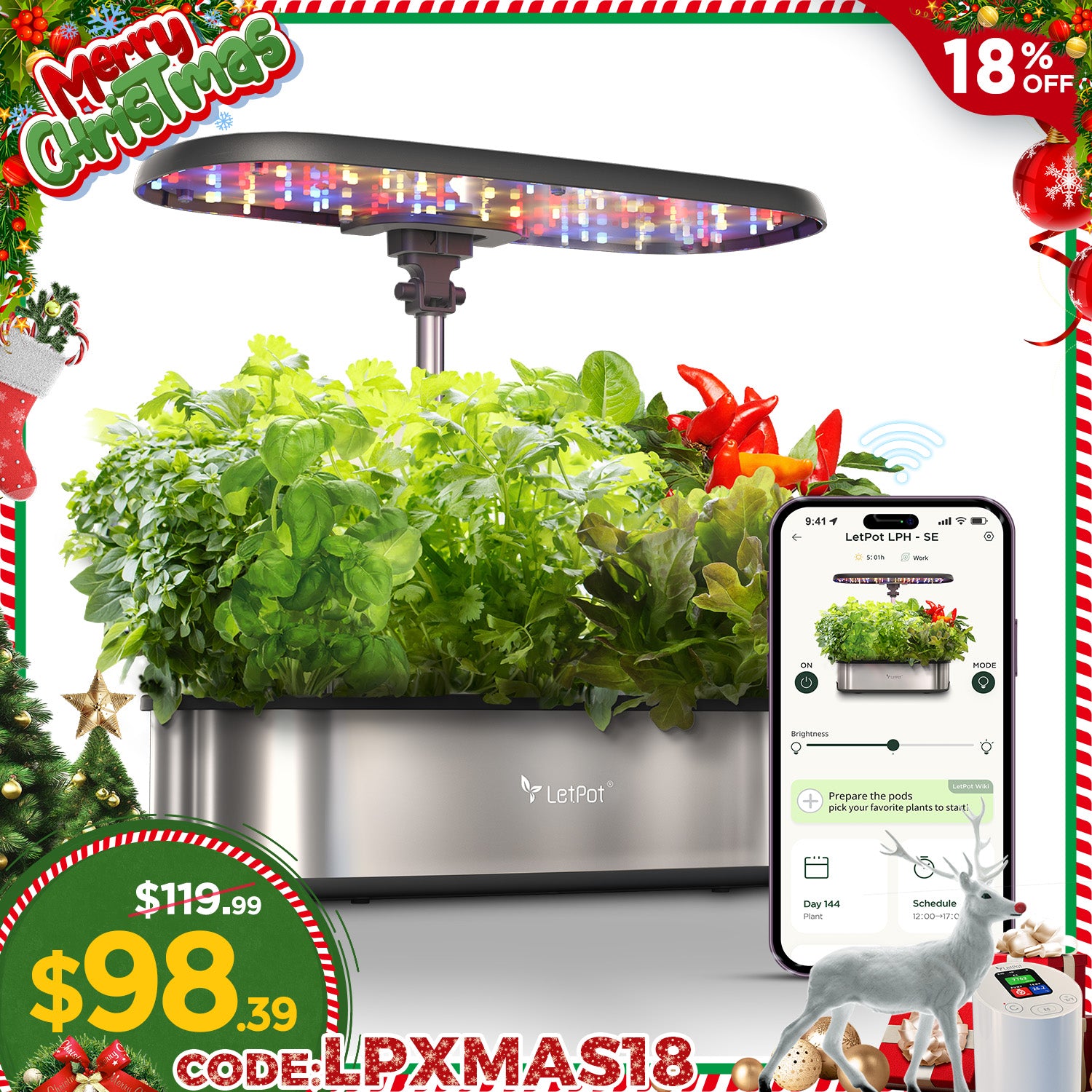
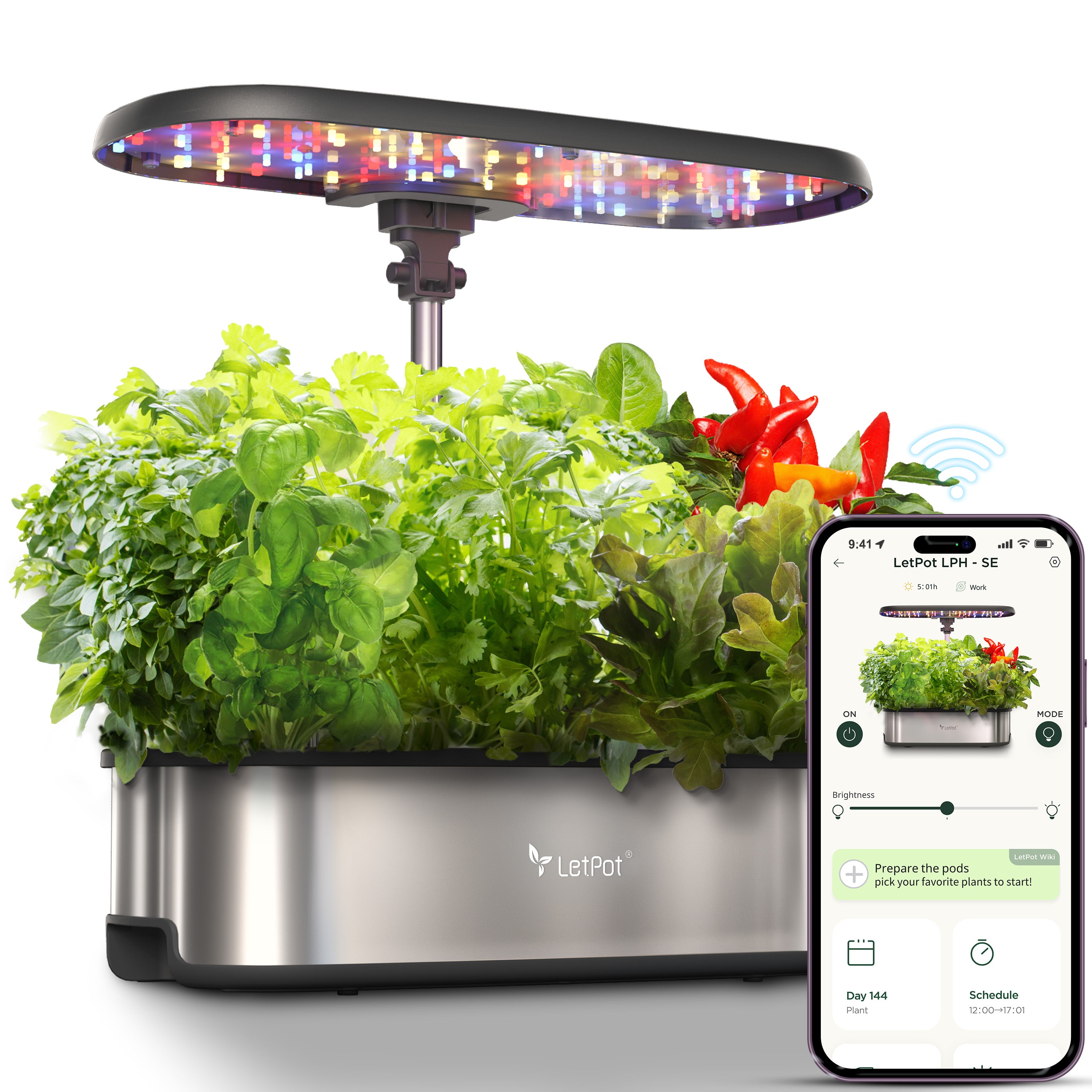


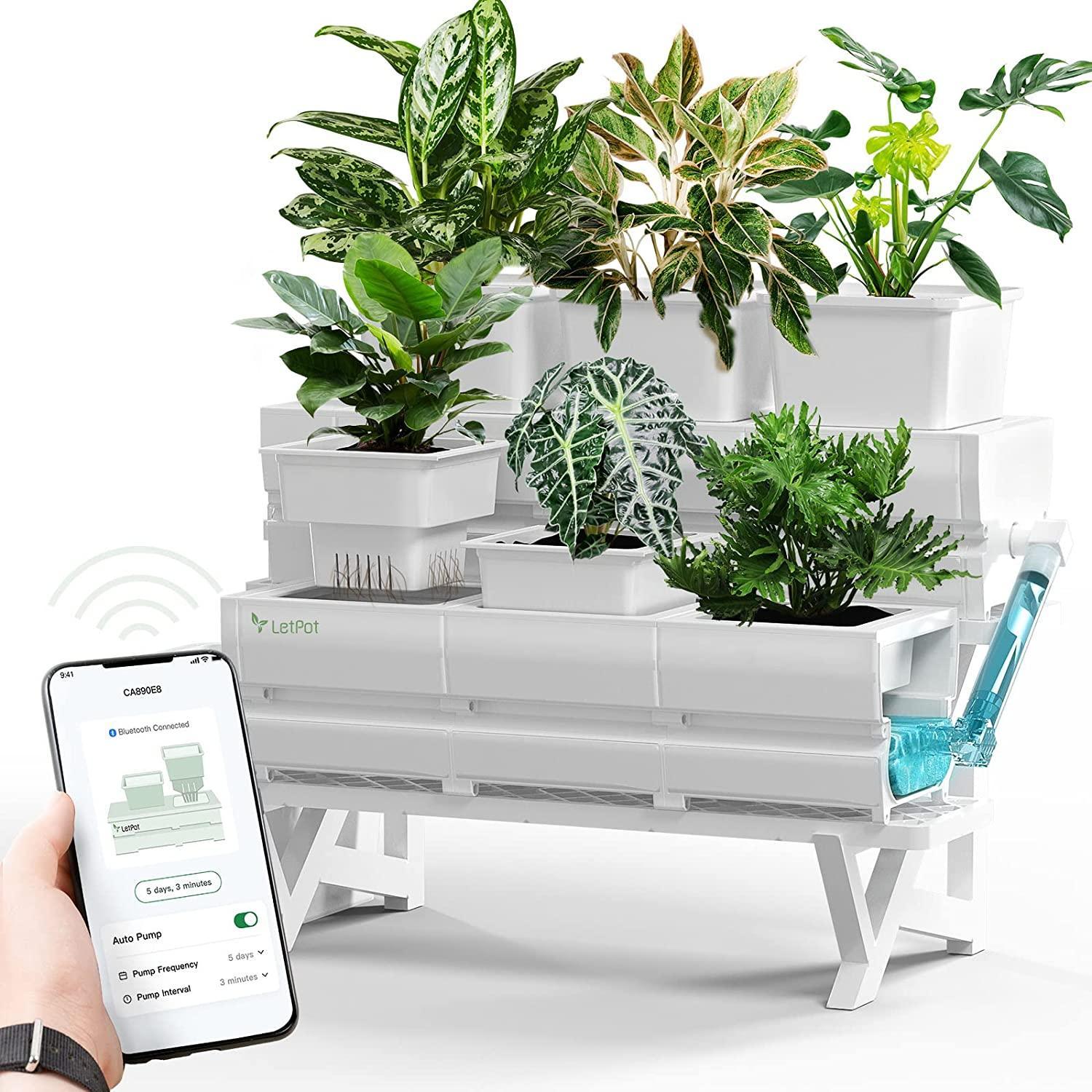
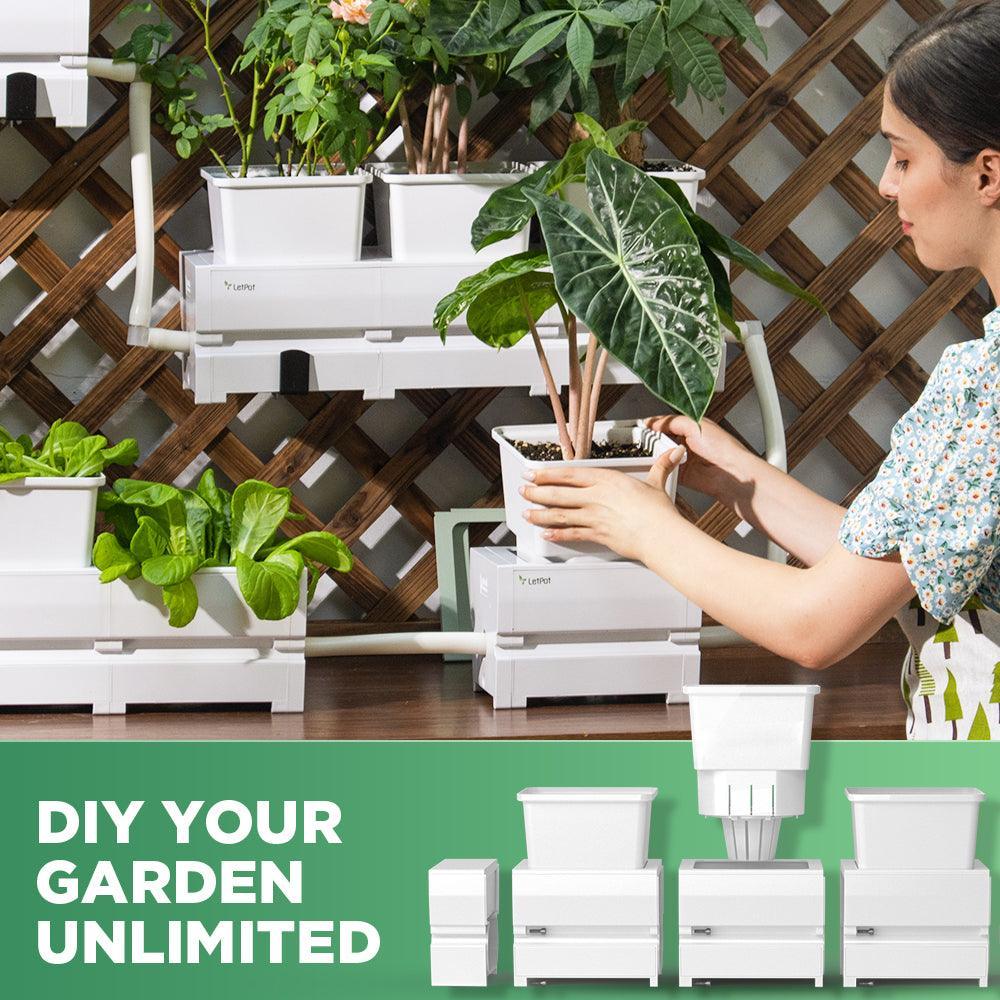
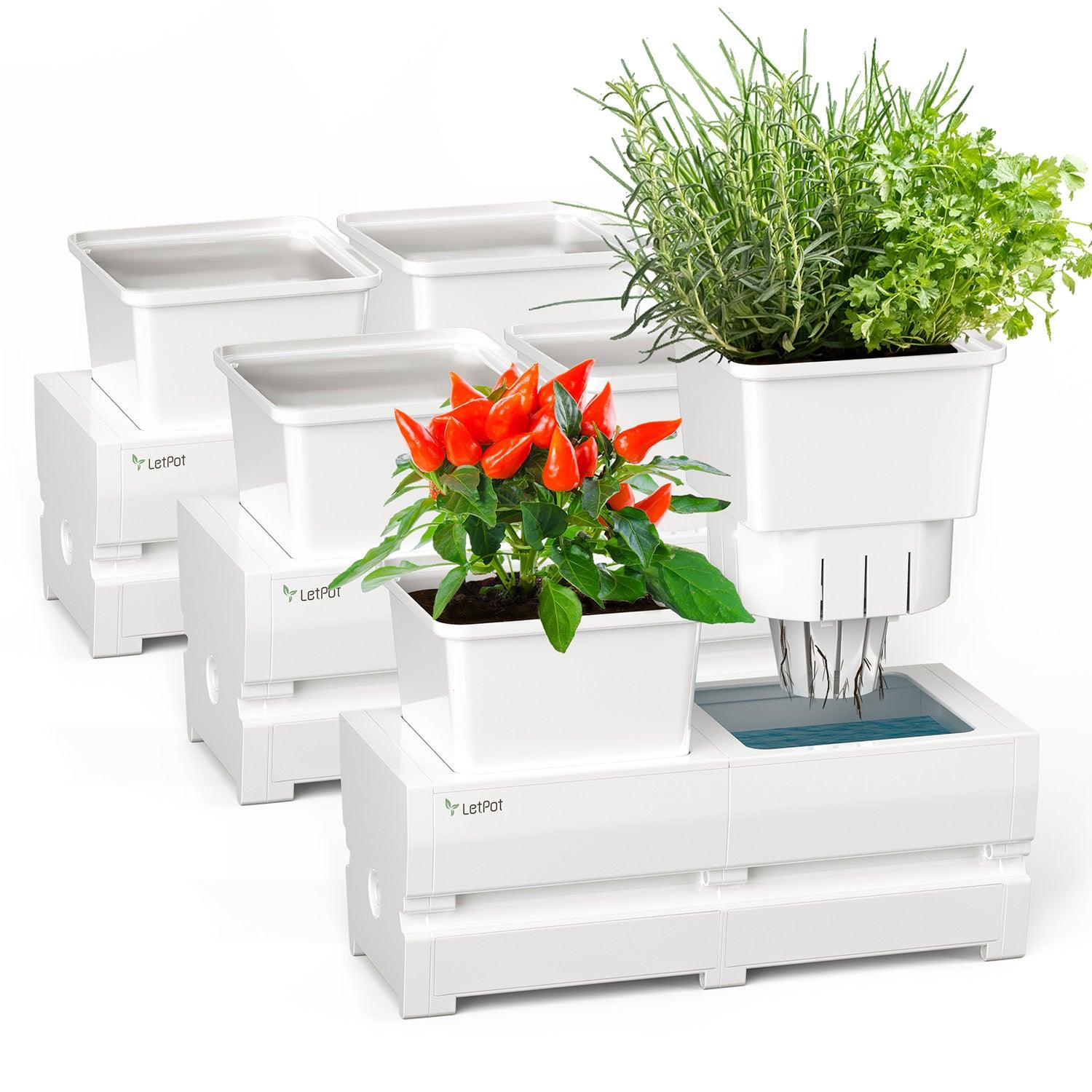
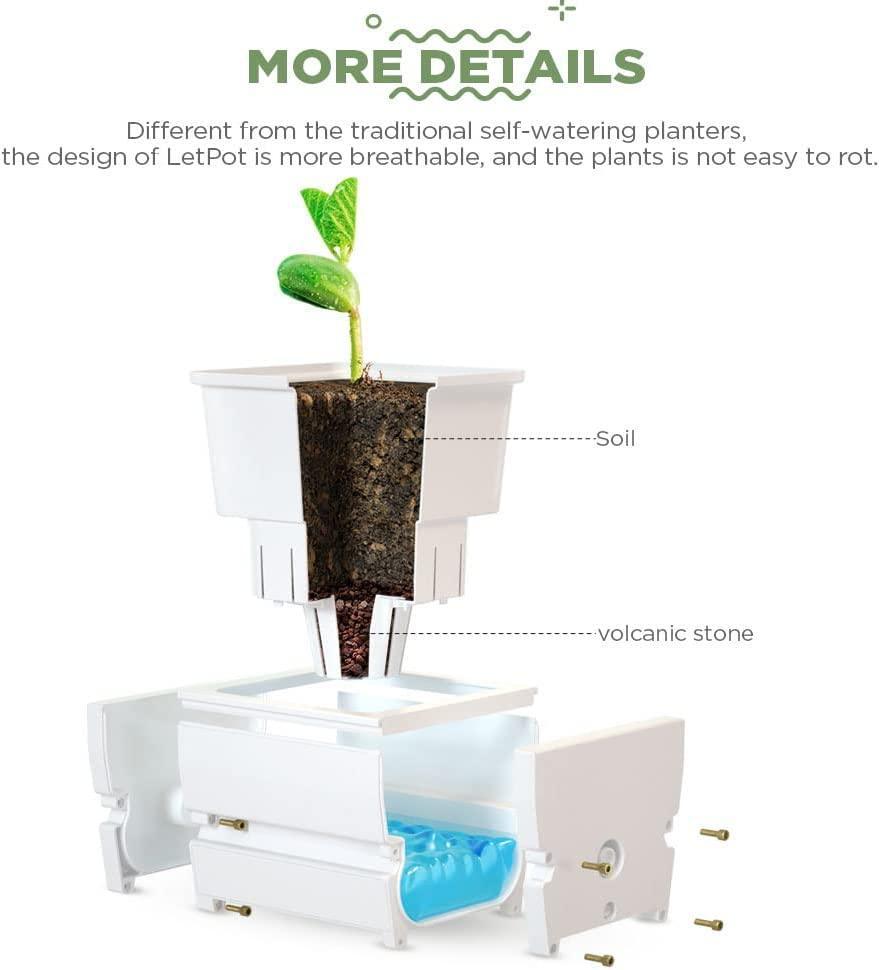

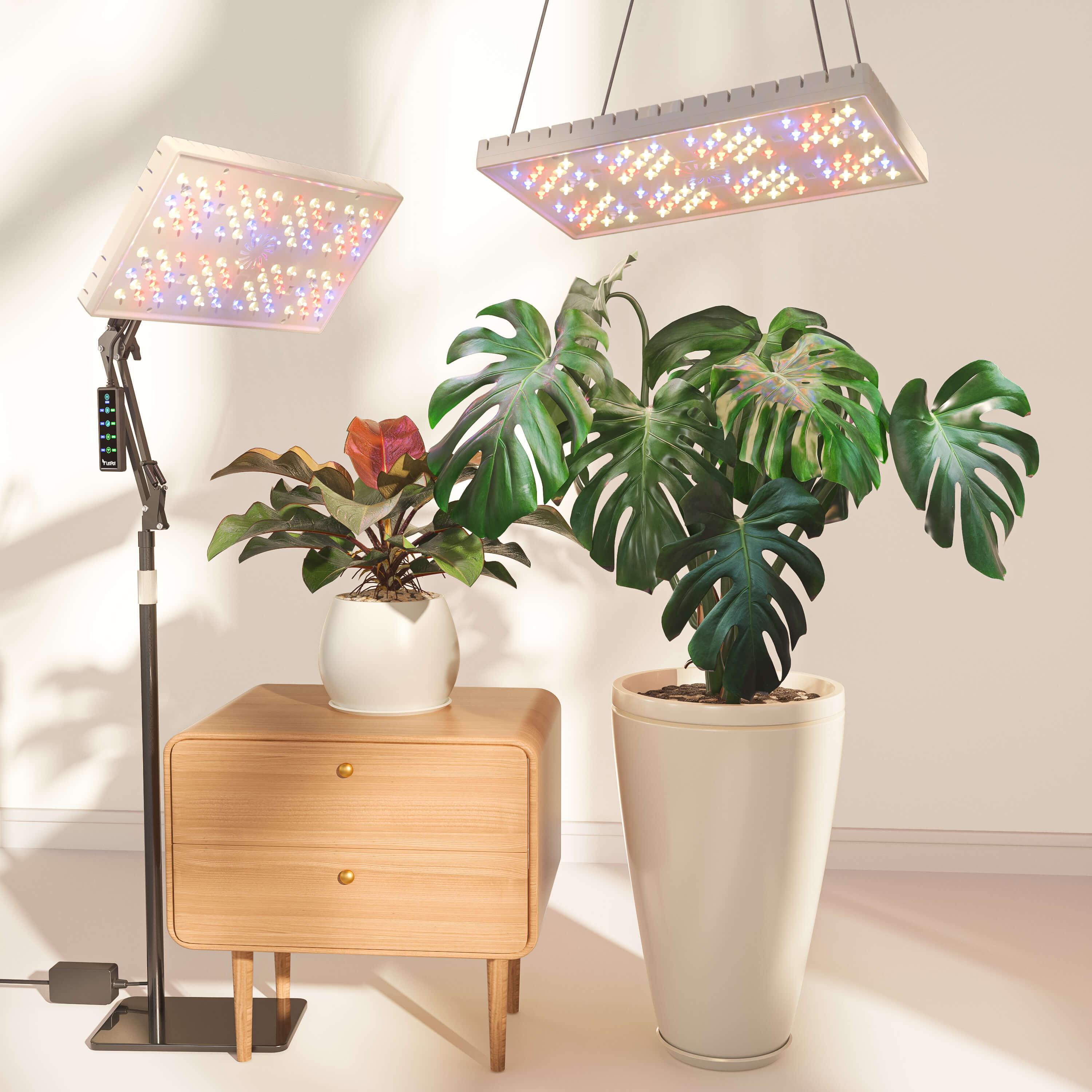

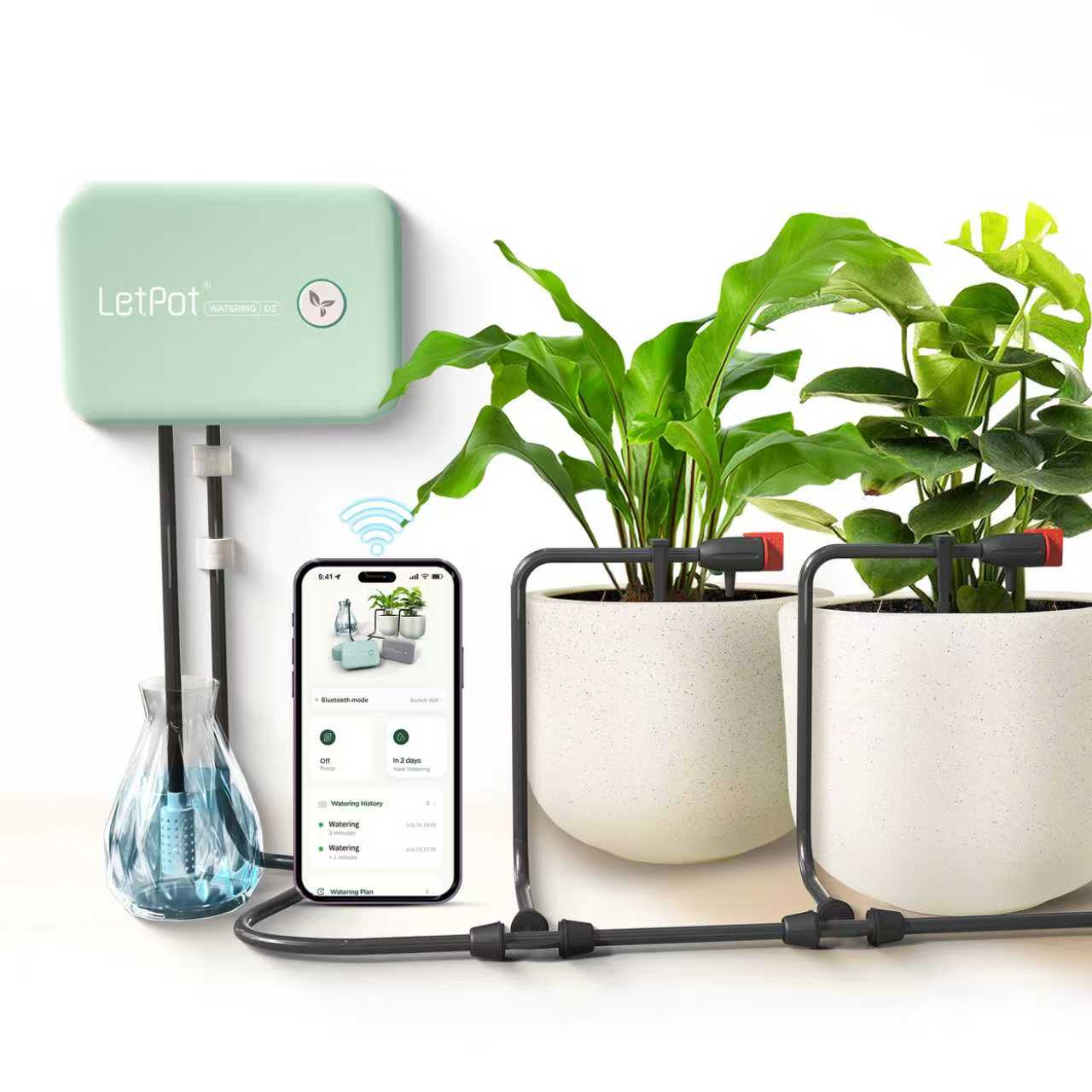
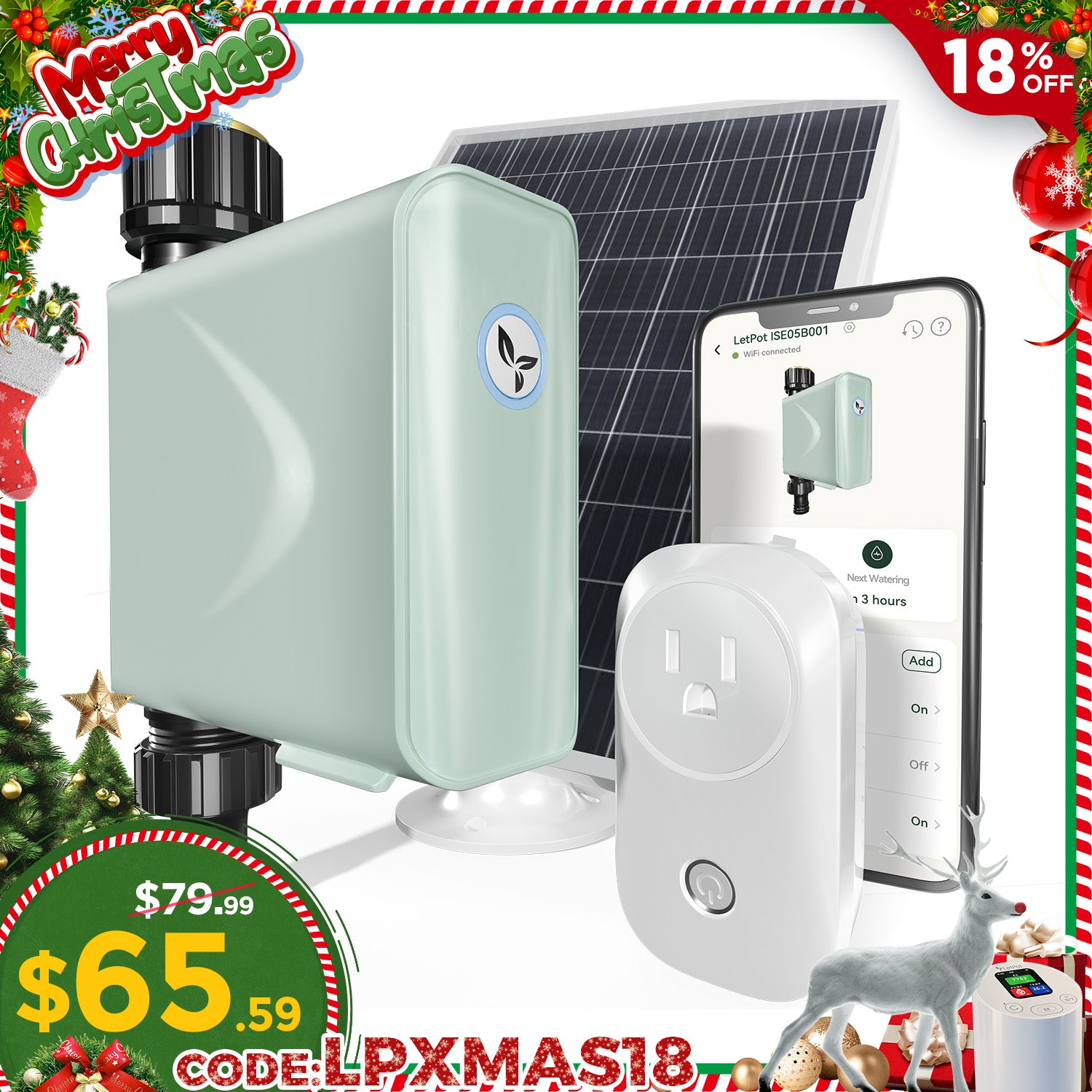
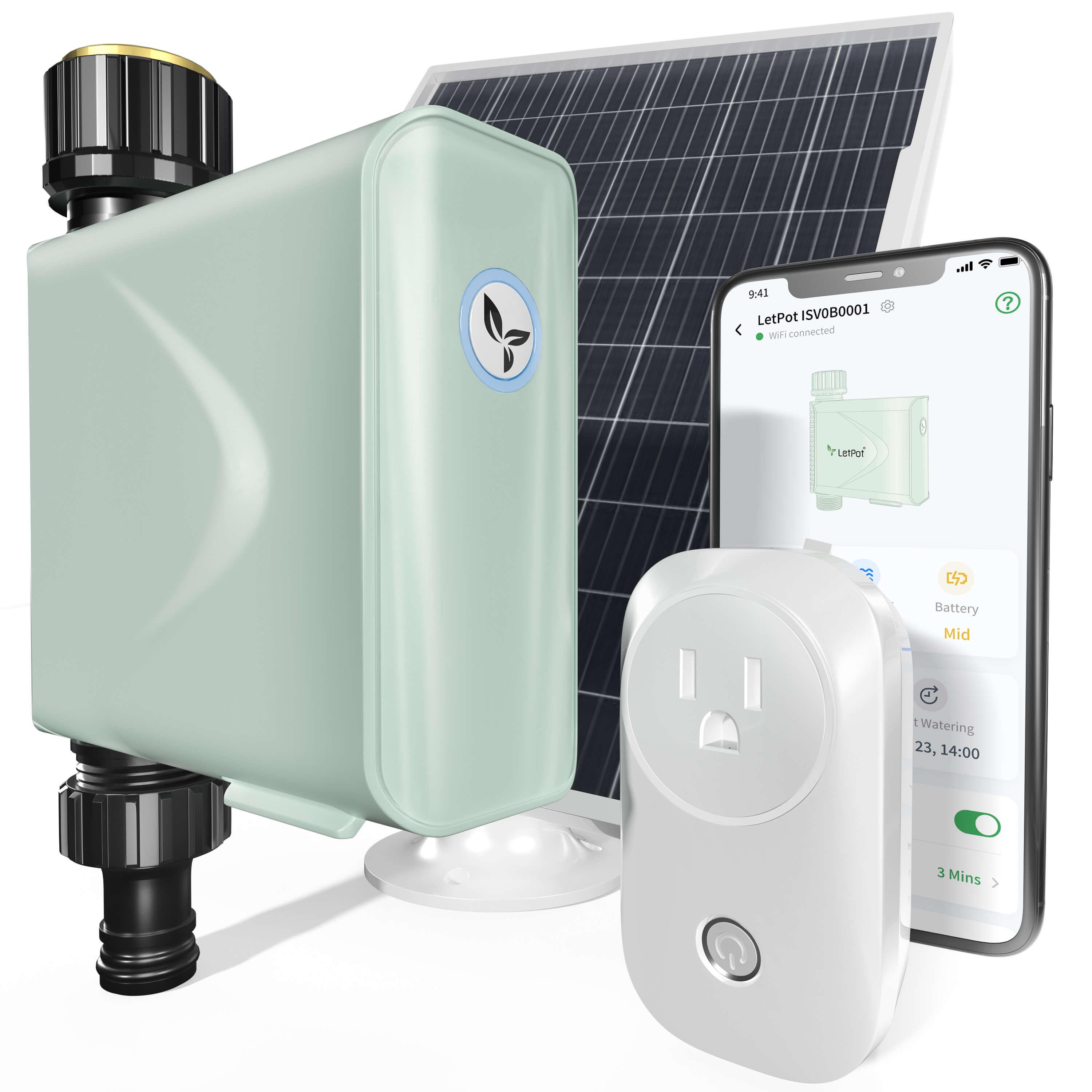

Leave a comment
All comments are moderated before being published.
This site is protected by hCaptcha and the hCaptcha Privacy Policy and Terms of Service apply.